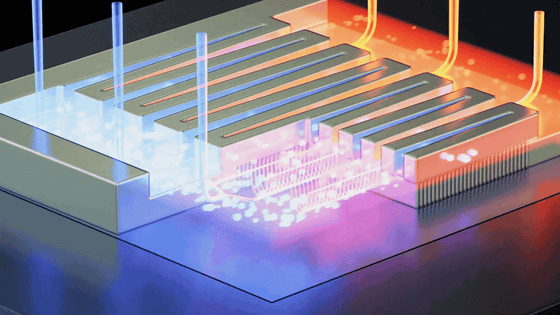Microsoft develops 'microfluidic cooling' technology that carves hair-thin grooves on the back of a chip to allow coolant to flow

The latest AI chips generate significantly more heat than previous generations of chips, and current cooling technologies are expected to hinder performance improvements within a few years. To address the heat generation issues that accompany the performance improvements of AI (artificial intelligence) chips, Microsoft has developed and successfully tested a new liquid cooling technology called ' microfluidic cooling .'
AI chips are getting hotter. A microfluidics breakthrough goes straight to the silicon to cool up to three times better. - Source
Introducing microfluidic cooling: a breakthrough in chip cooling technology - YouTube
Microfluidic cooling involves etching tiny channels, the size of a human hair, into the back of a silicon chip, called 'microchannels,' through which a coolant flows, directly cooling the chip (the heat source). Microsoft claims that this technology achieves up to three times the heat removal performance compared to the cold plate cooling technology commonly used in data centers.
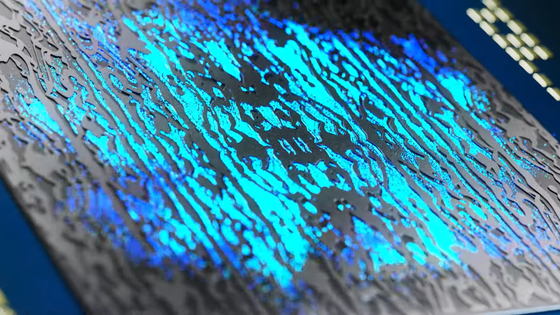
The company also reportedly succeeded in reducing the maximum temperature rise of the silicon inside the GPU by 65%. Furthermore, it also succeeded in increasing efficiency by utilizing AI to identify the heat distribution on the chip and more precisely supplying the coolant. This improved cooling performance could support the realization of new chip architectures, such as 3D stacking, where heat generation is a major barrier.
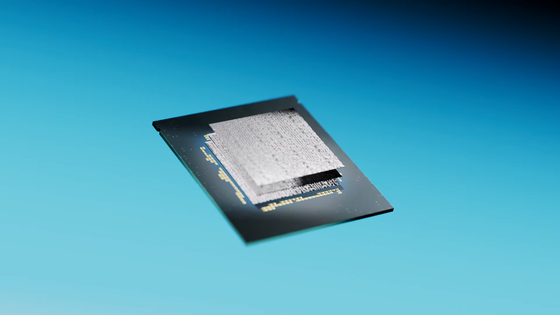
According to Microsoft, the microchannel design was extremely challenging, requiring an optimal design that would allow a sufficient amount of coolant to circulate without clogging, while also preserving the strength of the silicon itself. Microsoft has apparently made four design improvements over the past year alone. Microsoft ultimately collaborated with Swiss startup Corintis to create a design inspired by leaf veins and butterfly wings, optimized using AI.
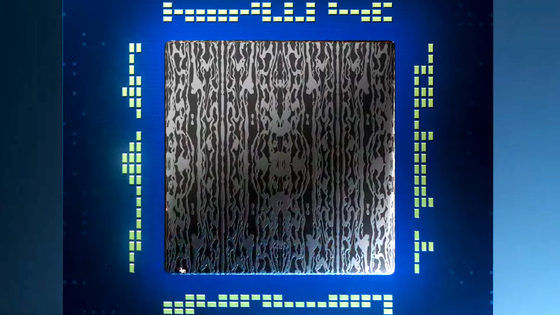
Microsoft emphasizes a 'systems approach' that optimizes every part of the stack, from chips to servers and entire data centers, and positions this cooling technology as a core element of that approach. Ultimately, Microsoft hopes to develop this technology into a standard that can be used across the industry, rather than keeping it to itself, and contribute to the widespread adoption of more efficient and sustainable next-generation chips.
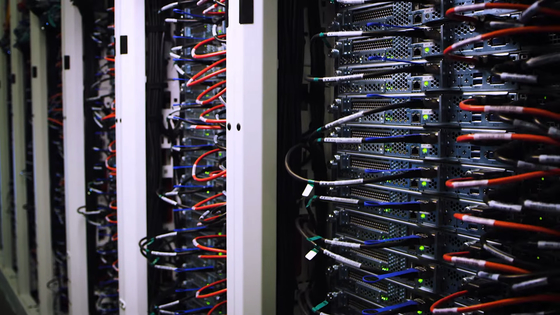
Related Posts:

